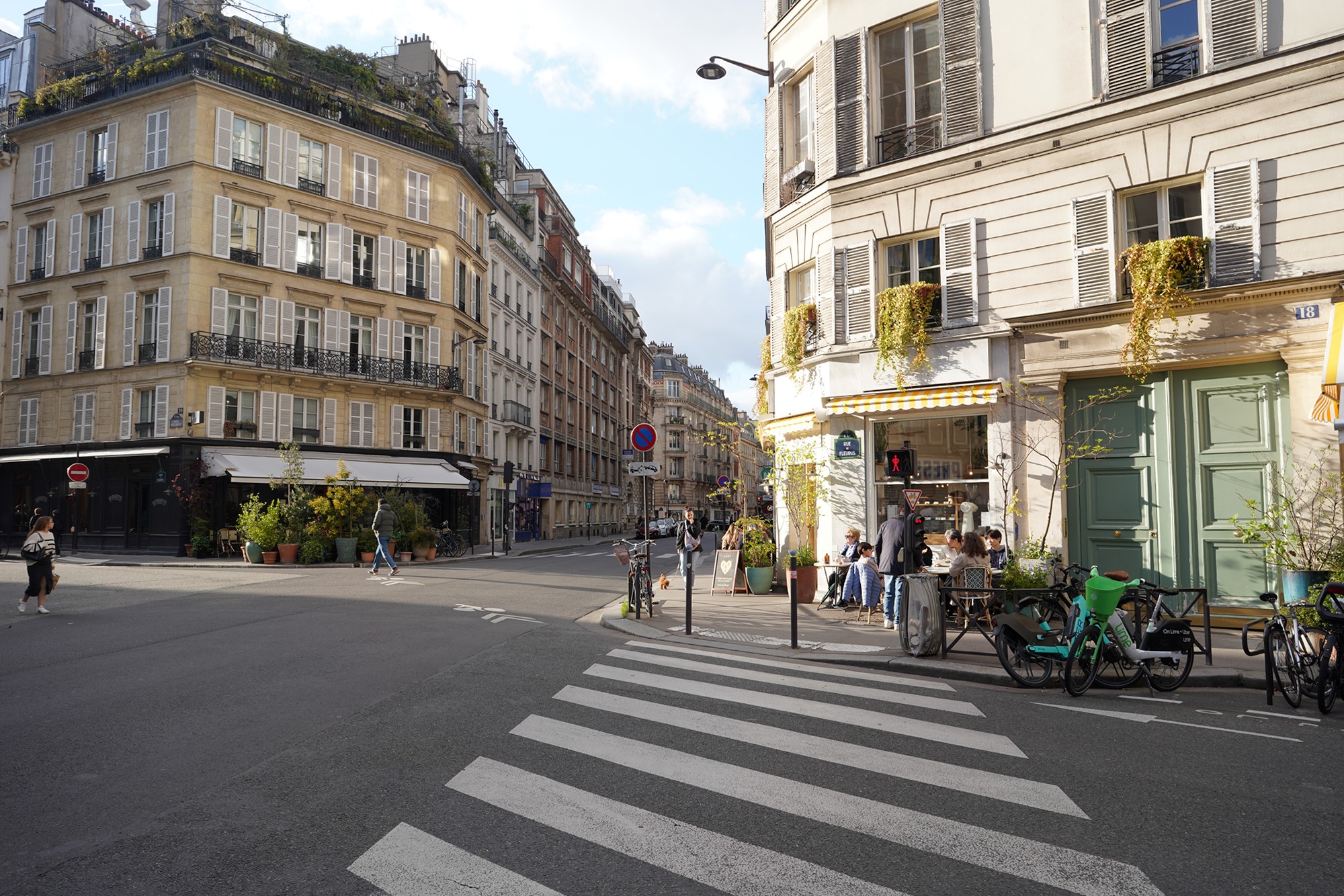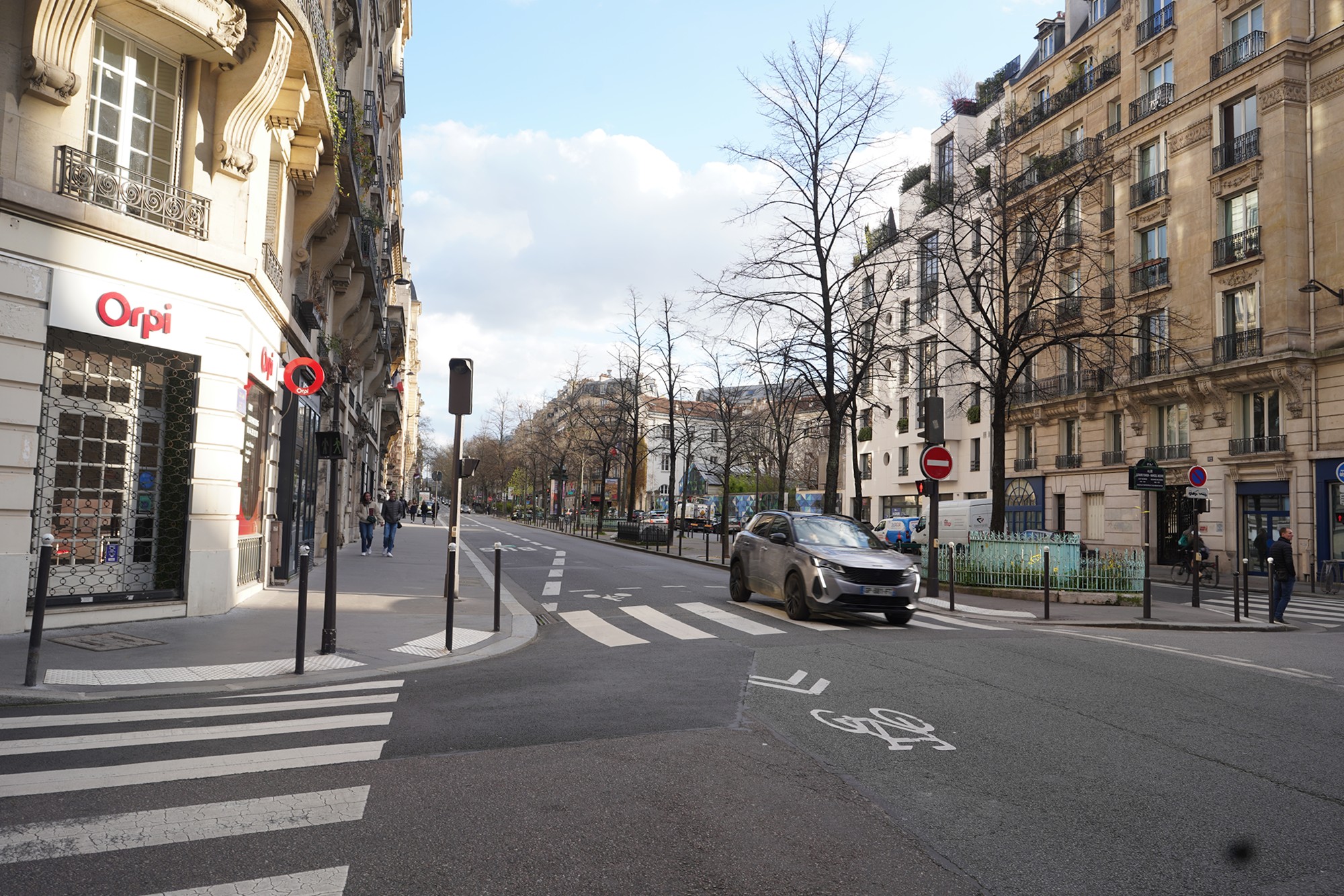Paris Walk – Old City, île de la Cité, France
Paris’ île de la Cité is one of the city’s two remaining natural islands on the Seine. 858
Musée de Cluny: 28 Rue du Sommerard, 75005 Paris, France
The Jardin du Luxembourg: 75006 Paris, France
Date Picture Taken: March, 2024
I stayed in the east end of Paris, and the tram was available in front of where I stayed.


I arrived at the Cité island by Metro.
Île de la Cité is considered the historical heart of Paris and has several significant landmarks.




Palais de Justice de Paris: The Palais de Justice stands on a site of judicial importance since Roman times. It was originally a royal palace and parts of the current complex date back to the medieval period.
The church in the upper right corner is Sainte-Chapelle. Located within the Palais de Justice complex, this Gothic chapel is renowned for its stunning stained glass windows and was originally built to house the Crown of Thorns and other Christian relics.
Next to this building is the Conciergerie. The Conciergerie was used as a prison during the French Revolution. It is famously known for holding Marie Antoinette before her execution.
Today, the Palais de Justice houses various important judicial institutions, including the Court of Appeal of Paris and the Court of Cassation, which is the highest court of appeal in France.



One of the bridges on the island


The Seine River



A stairway to the riverbed

Square de la Dauphine


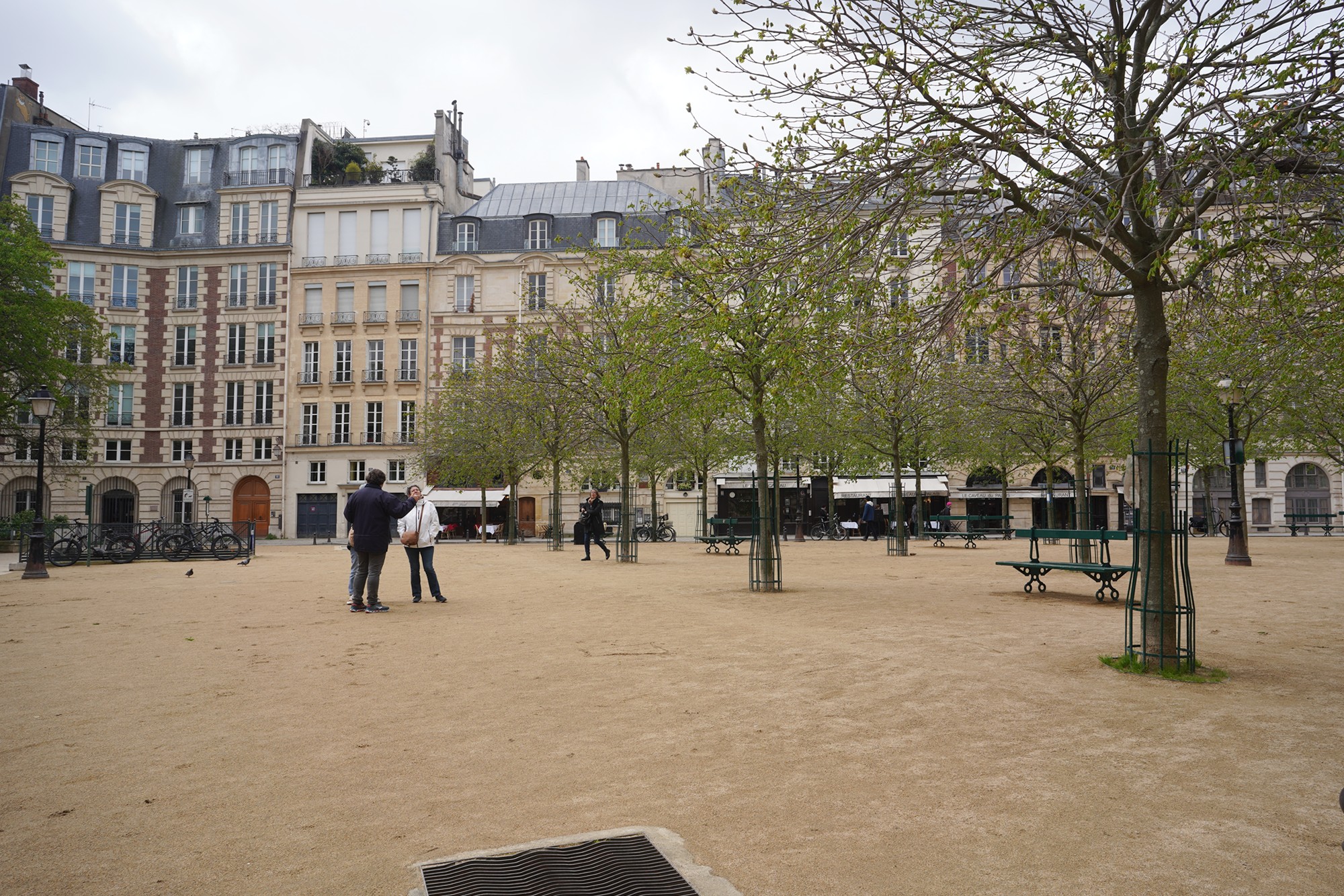

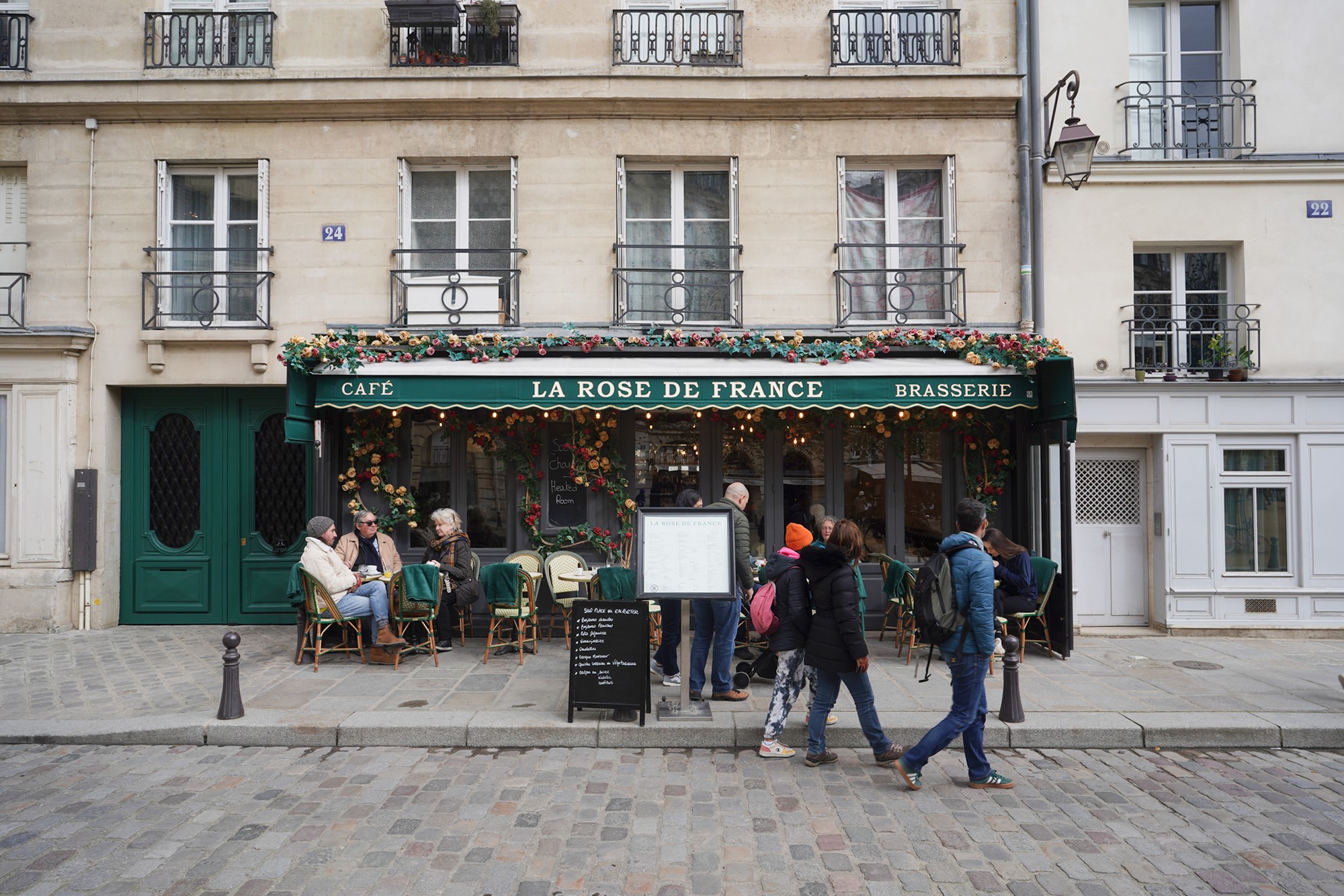


One last look





I came back to the backside of the Palais de Justice, to Conciergerie.

Conciergerie was originally a royal palace and later a prison during the French Revolution; it is now a museum.

The main floor shows exhibition of photographs.







the Conciergerie was used as a prison during the French Revolution. It is famously known for holding Marie Antoinette before her execution.
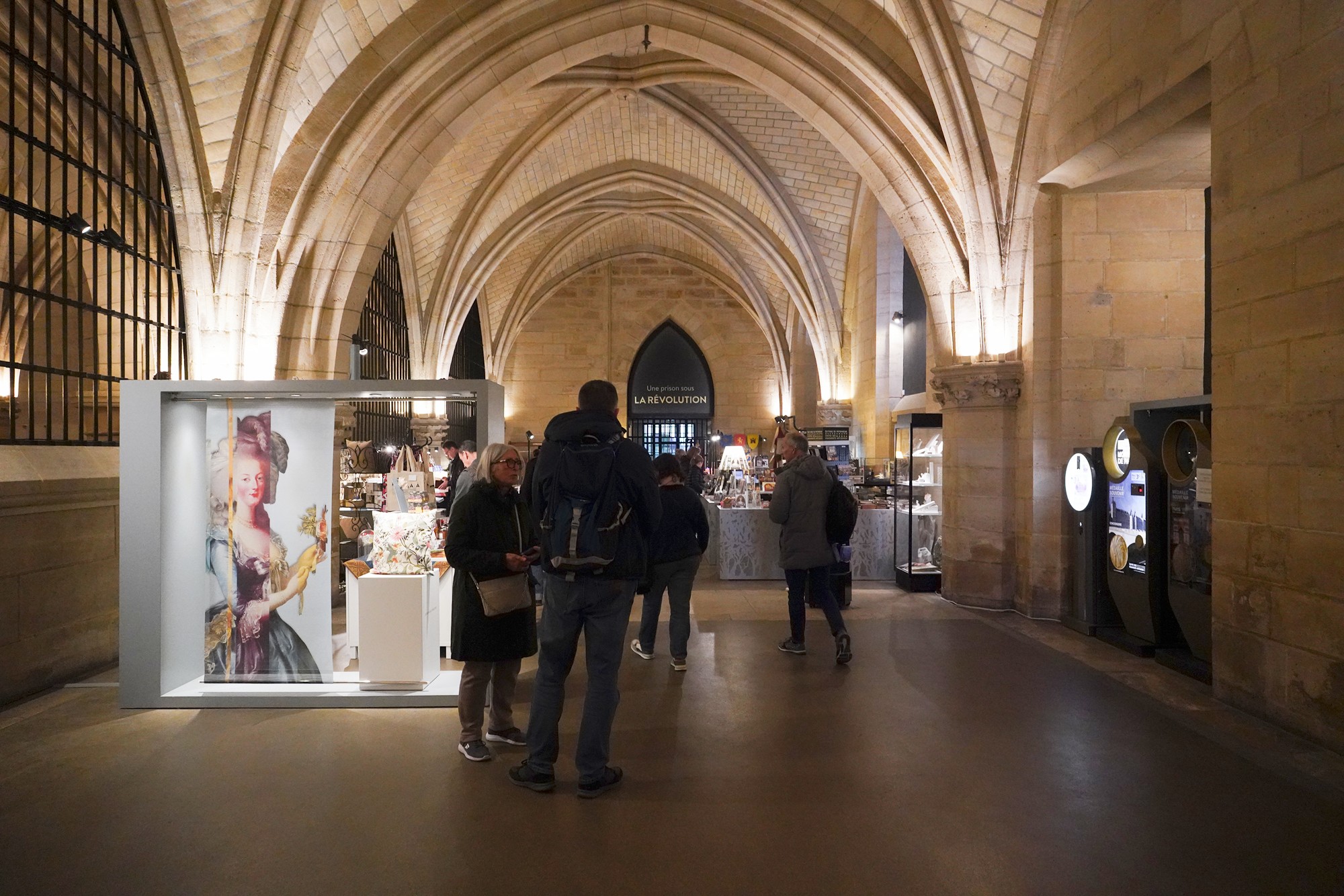







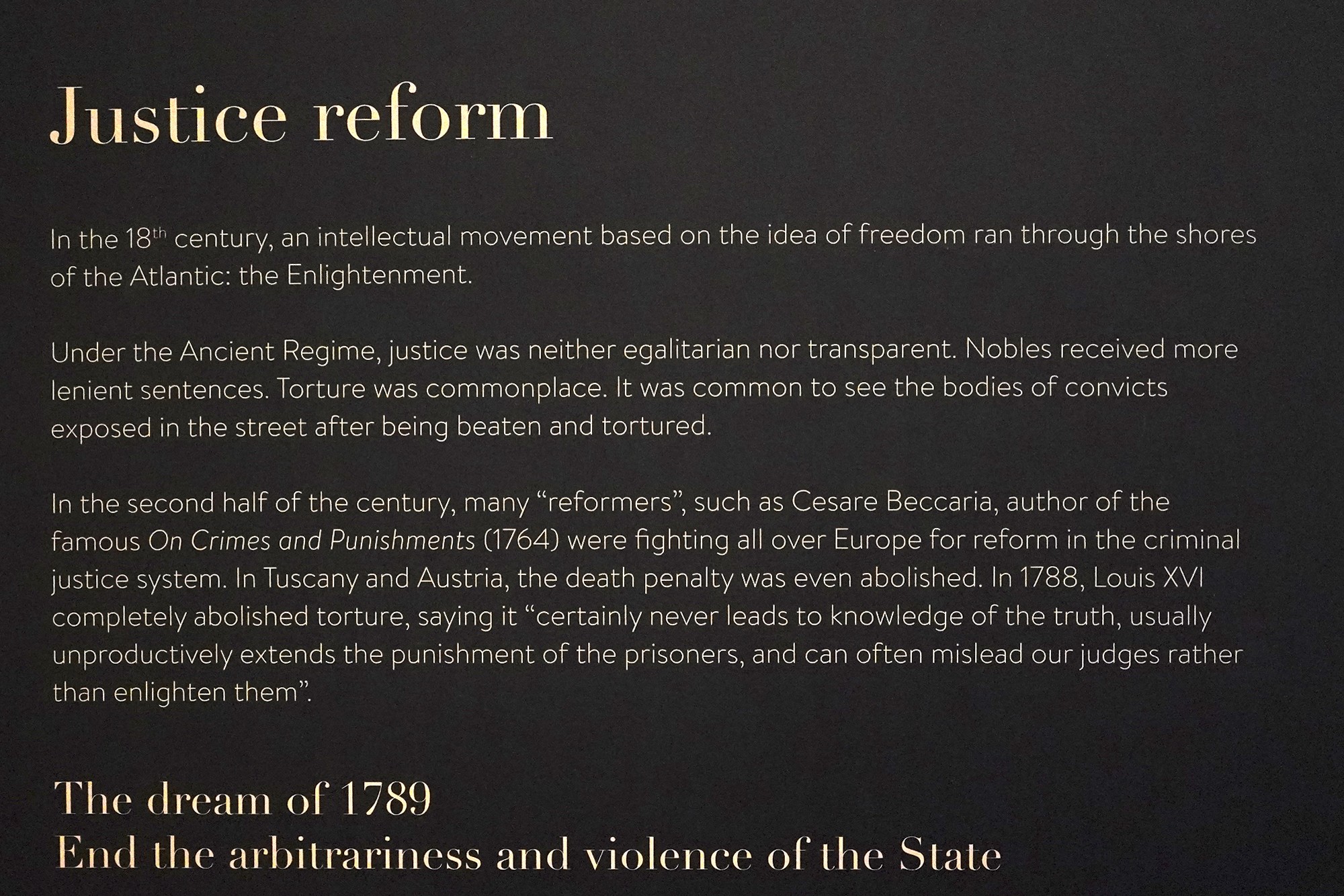


Marie Antoinette, the last Queen of France before the French Revolution, was imprisoned in the Conciergerie after the fall of the monarchy. She was held there from August 2, 1793, until her execution on October 16, 1793.

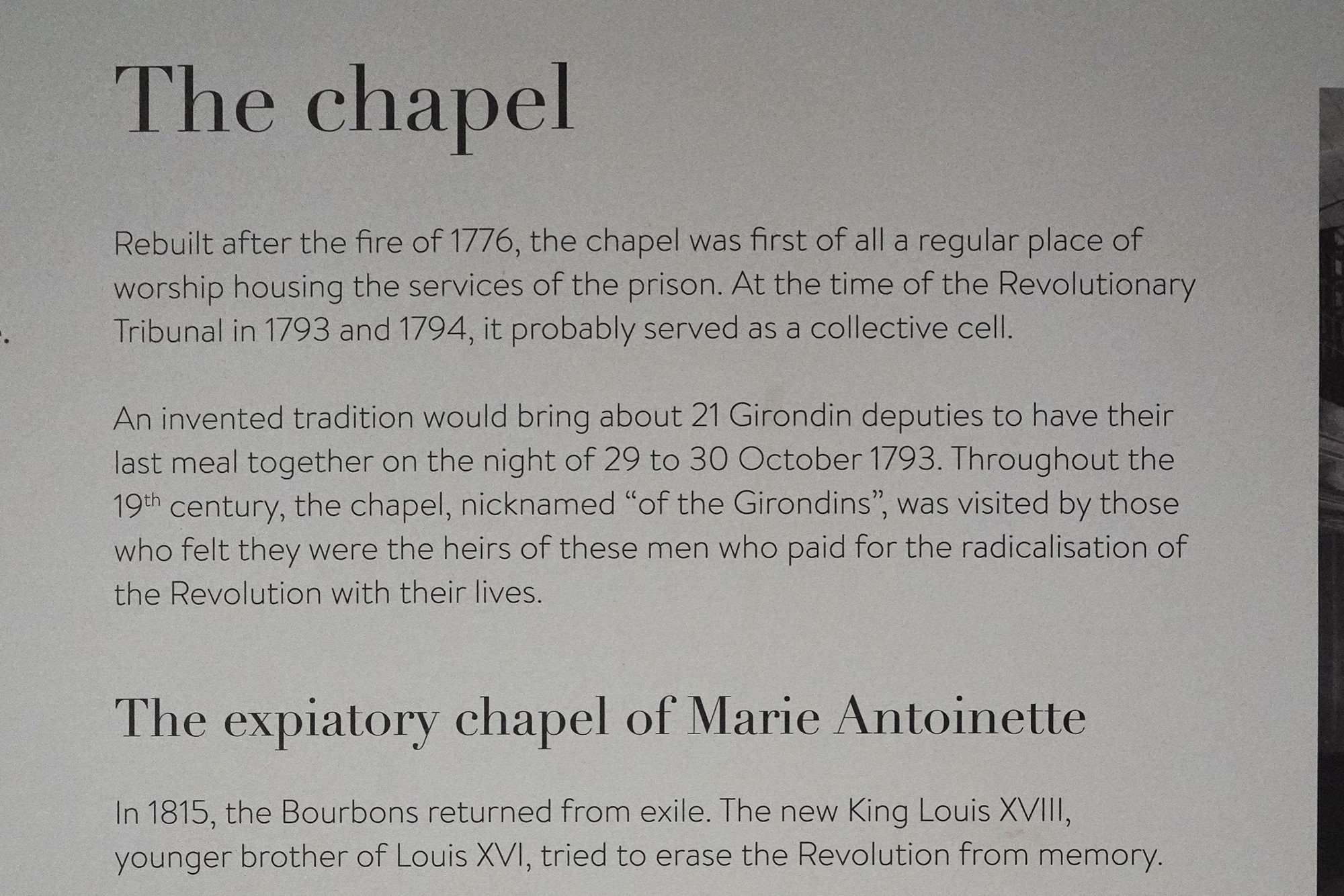
The chapel was built to honor Marie Antoinette’s memory and to serve as a location of expiation for her suffering and death. It is a solemn and reflective space that marks her imprisonment and execution.




The inner courtyard

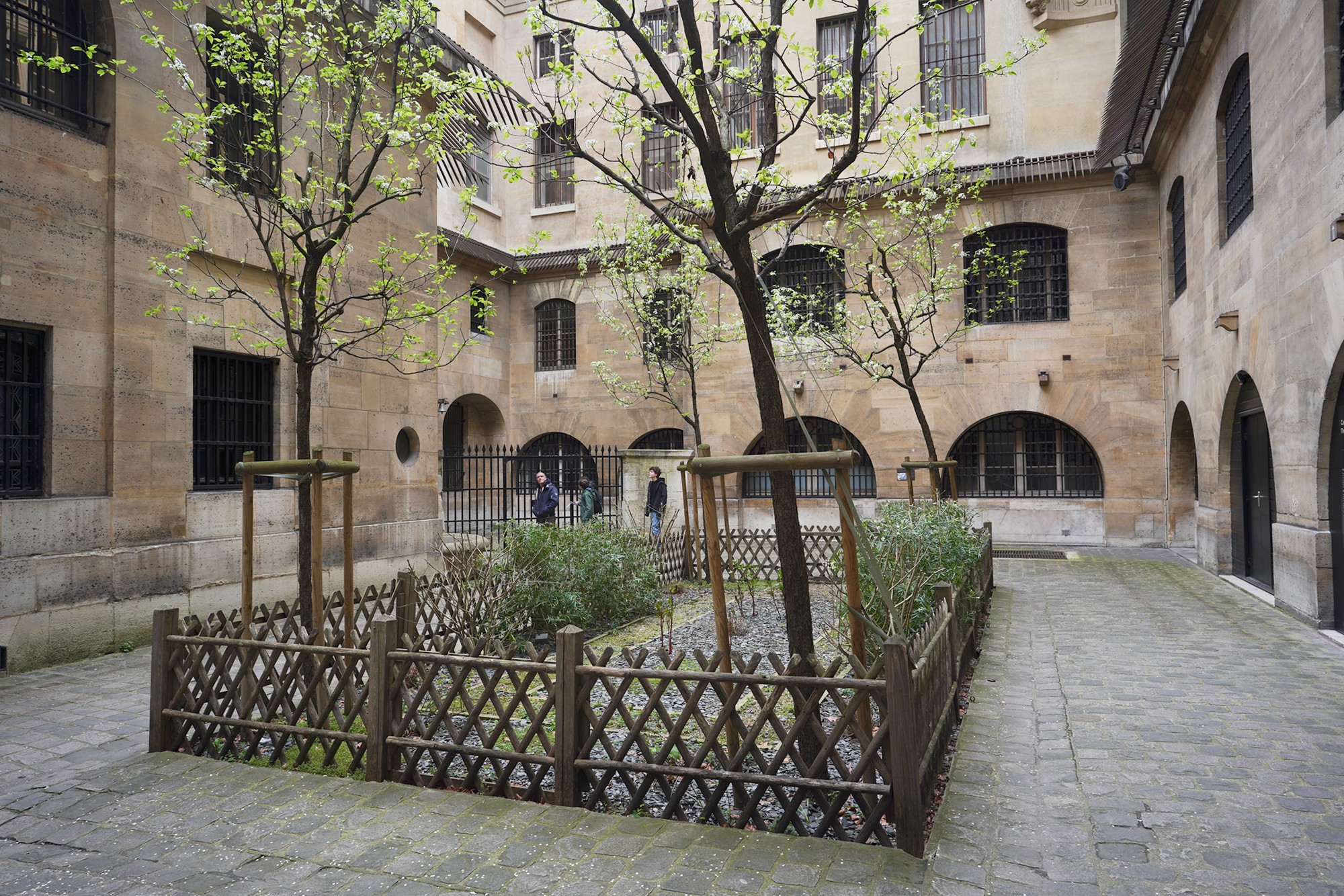

The photographer of the photos exhibited.









A side room



Came back to the street
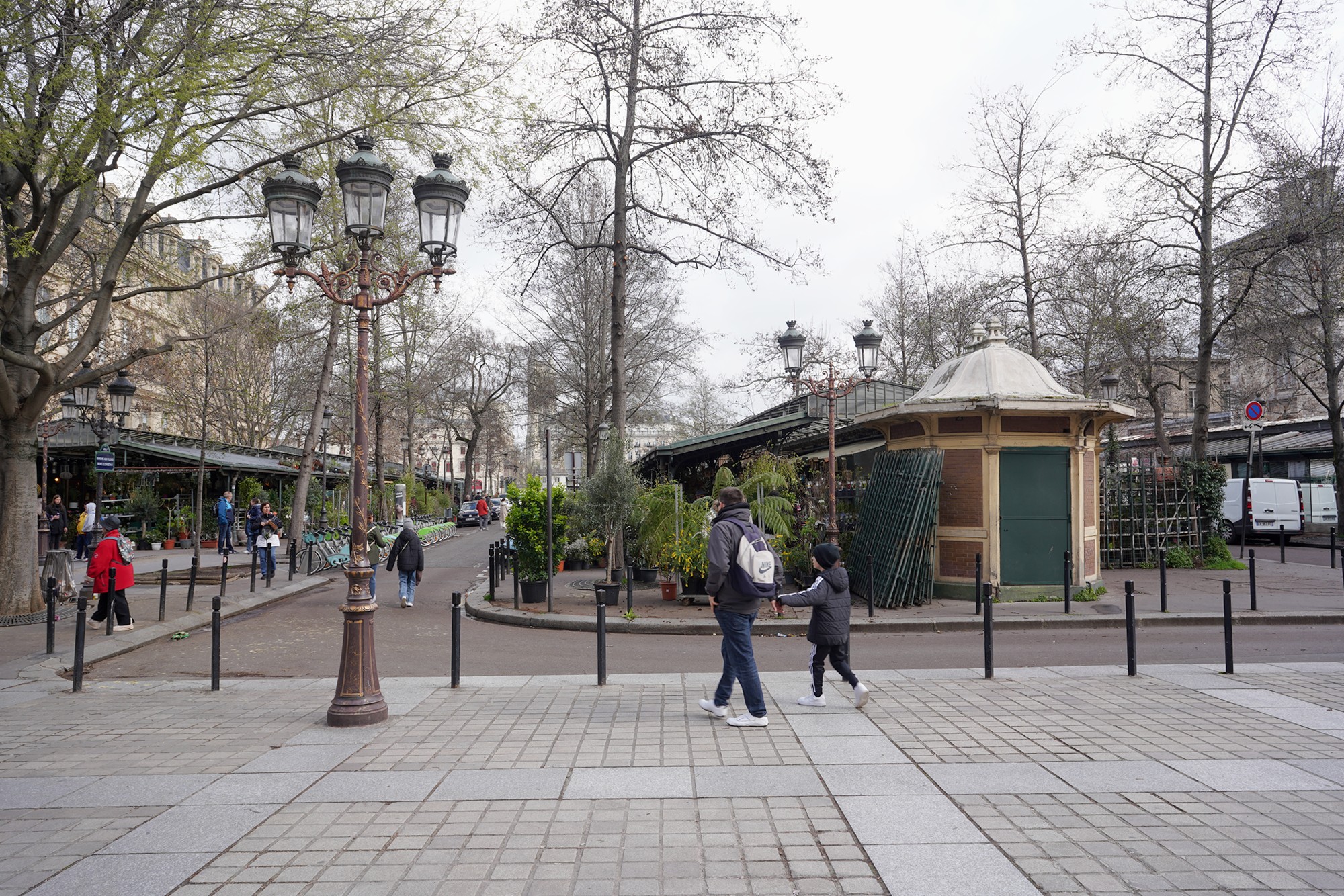





Another bridge



The Cathédrale Notre-Dame de Paris is still closed for construction due to fire damage.


In front of the church is this bench for people to sit and rest.




I walked across one of the bridges to the Latin Quarter.




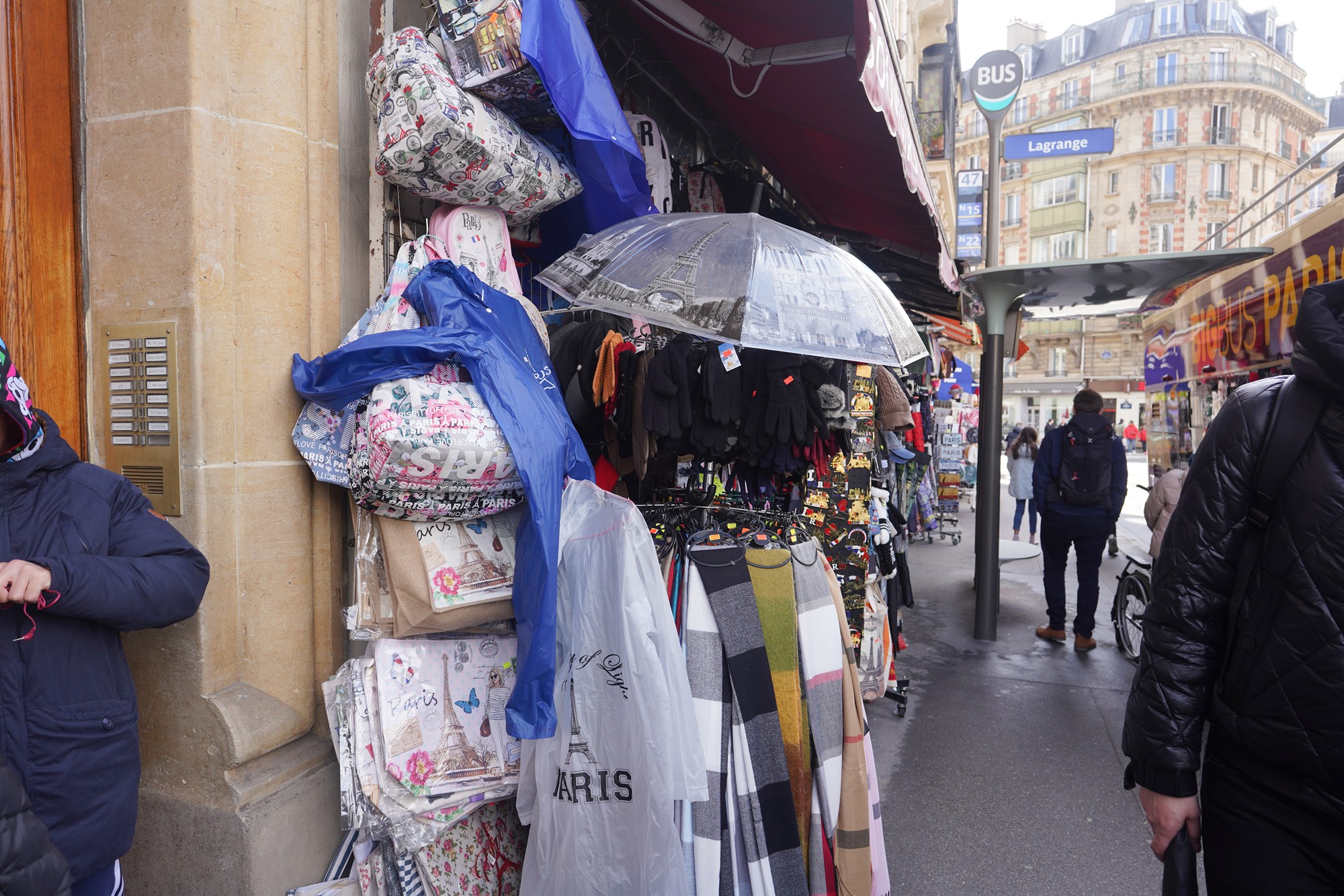
The Latin Quarter (Quartier Latin) is one of the most famous and historic districts in Paris. Located on the Left Bank of the Seine, it encompasses parts of the 5th and 6th arrondissements. The Latin Quarter is known for its vibrant student life, historic landmarks, and cultural heritage.

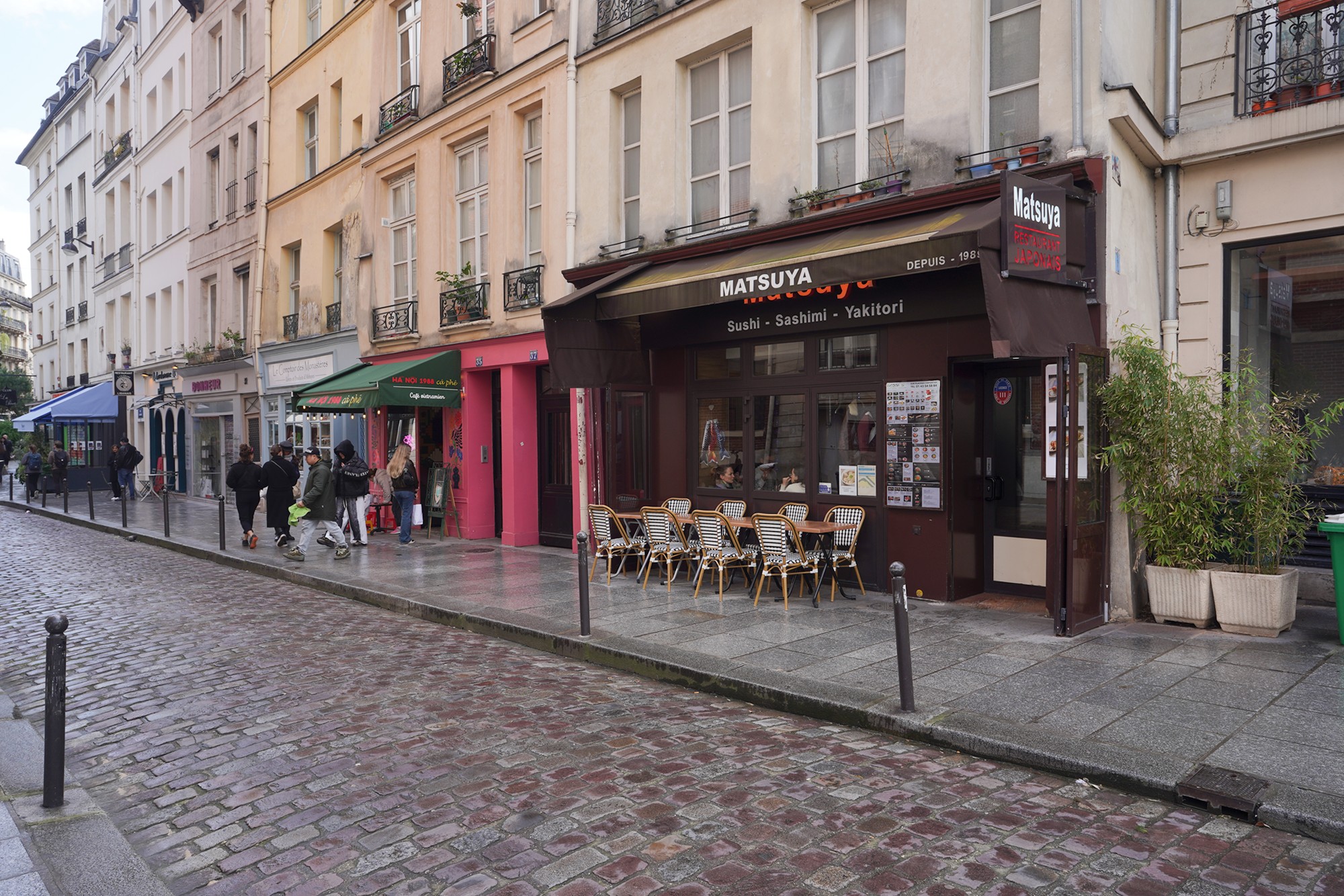

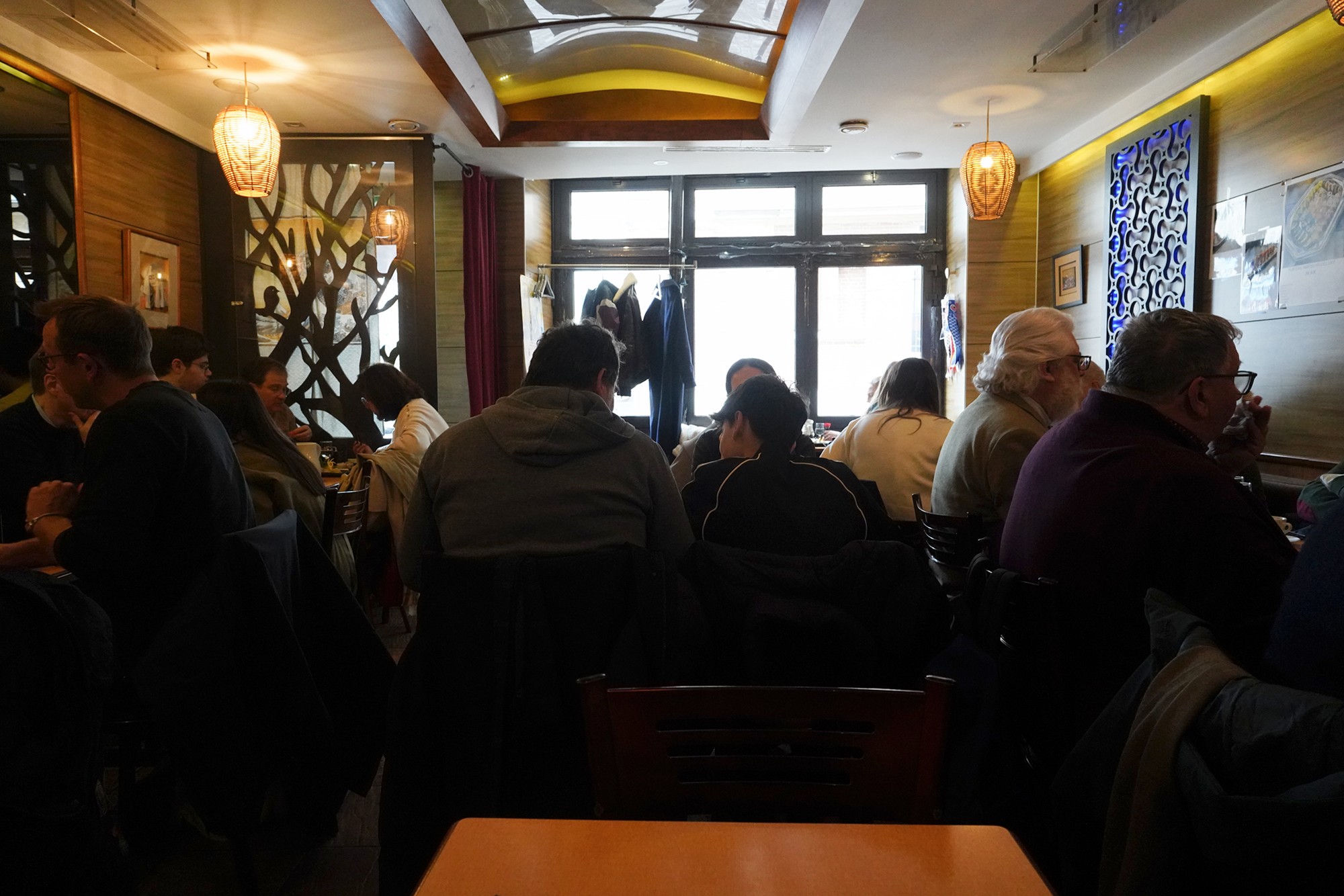




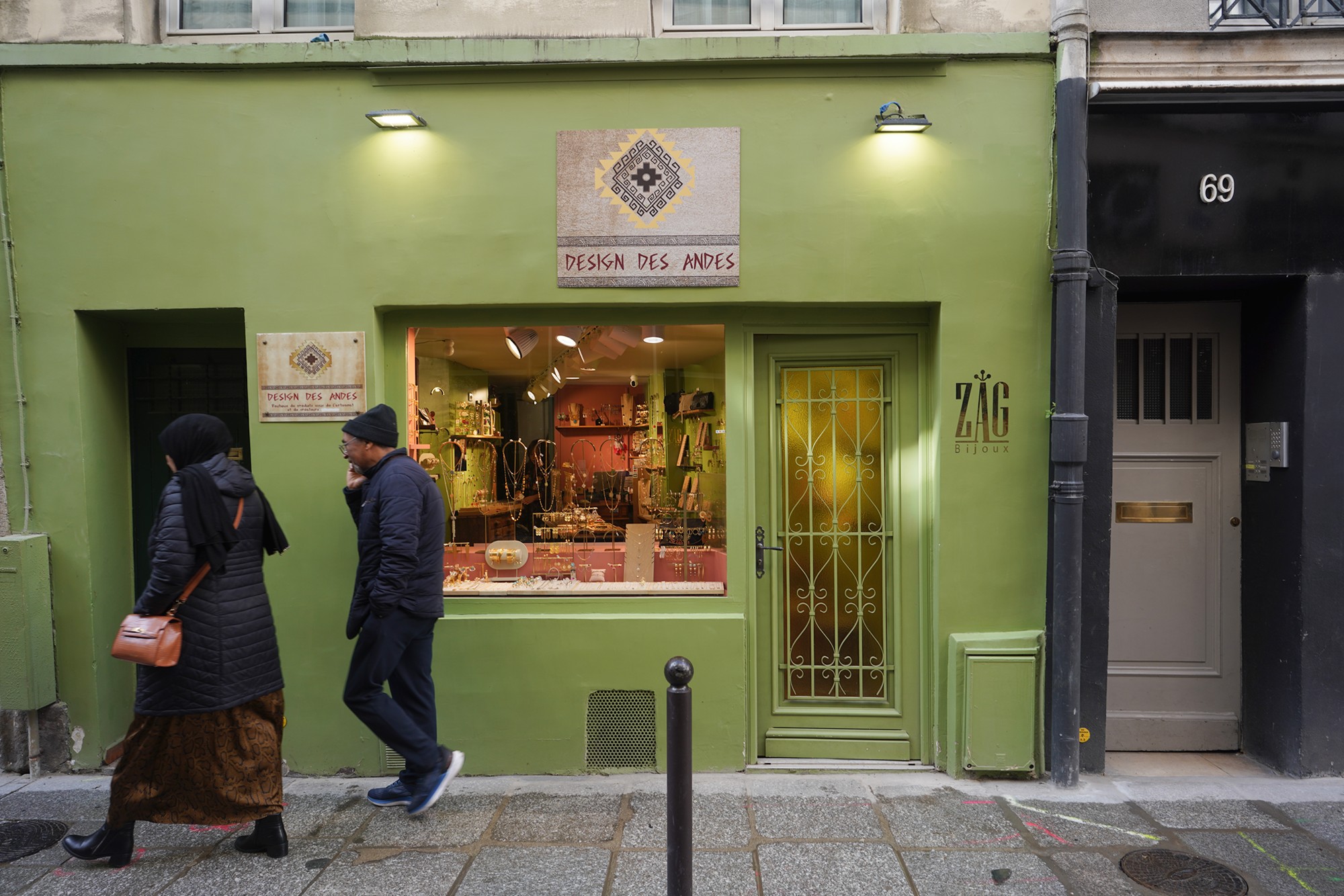

The Cathédrale Notre-Dame de Paris

The Church of Saint-Séverin
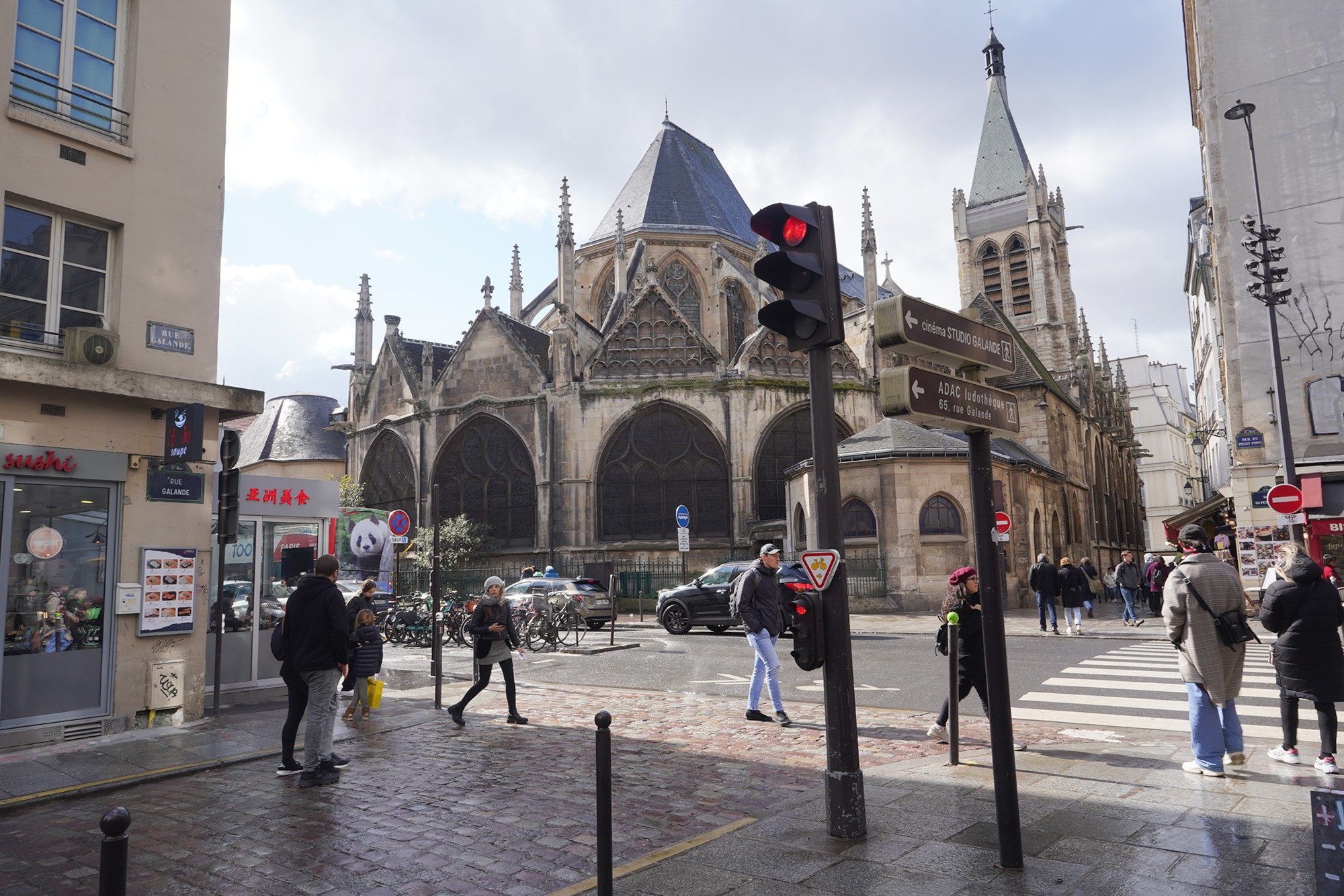
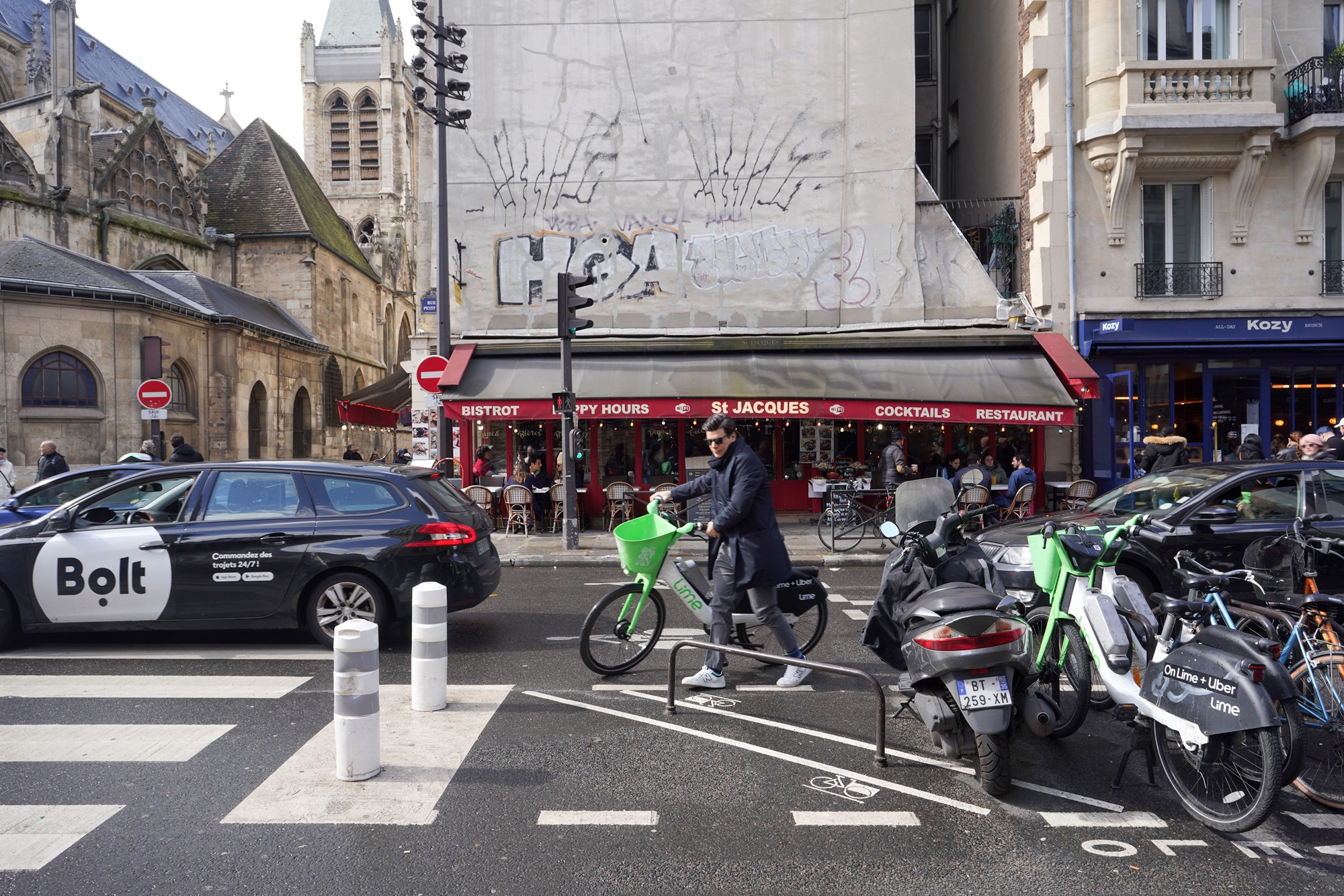









The Musée de Cluny, also known as the National Museum of the Middle Ages (Musée National du Moyen Âge), is a prominent museum located in the Latin Quarter of Paris. It is dedicated to medieval art and artifacts and is housed in two historic buildings: the Gallo-Roman baths (Thermes de Cluny) and the Hôtel de Cluny, a medieval mansion.






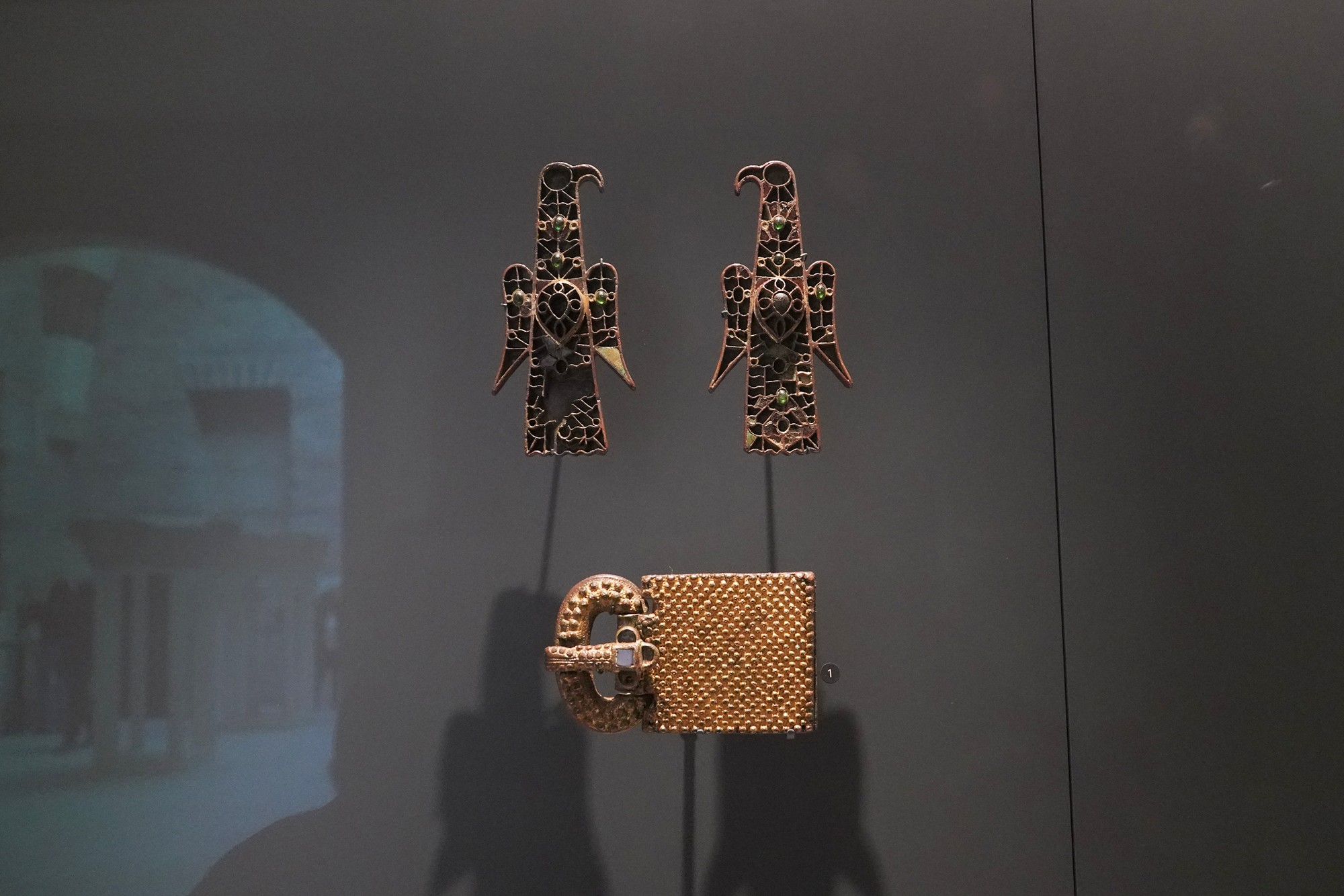

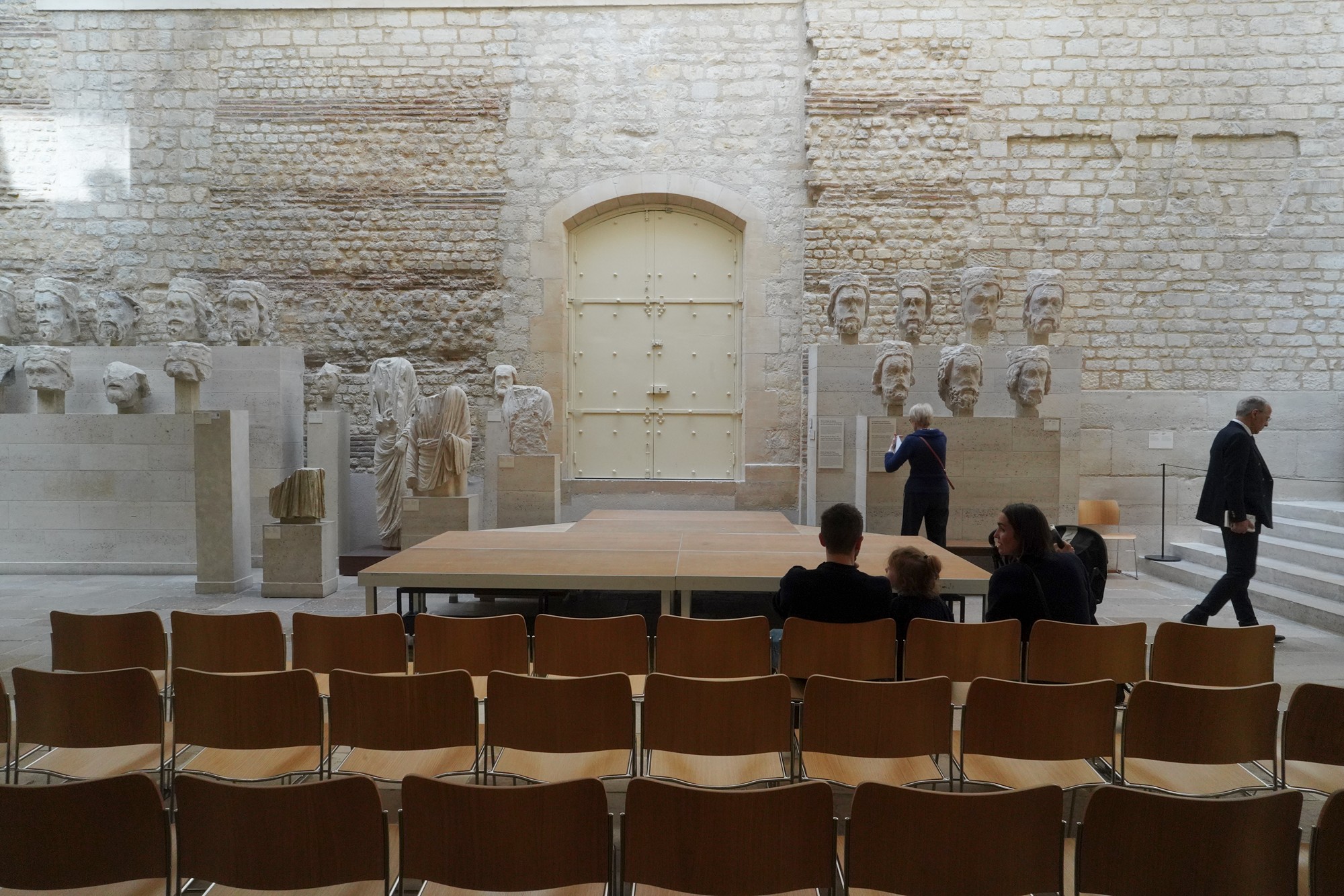

Out of the museum. The following blog will be on this museum.






Jardin du Luxembourg. The Jardin du Luxembourg, often referred to as the Luxembourg Gardens, is one of the most beloved parks in Paris. Located in the 6th arrondissement, it is an oasis of greenery, art, and leisure, frequented by locals and tourists alike.





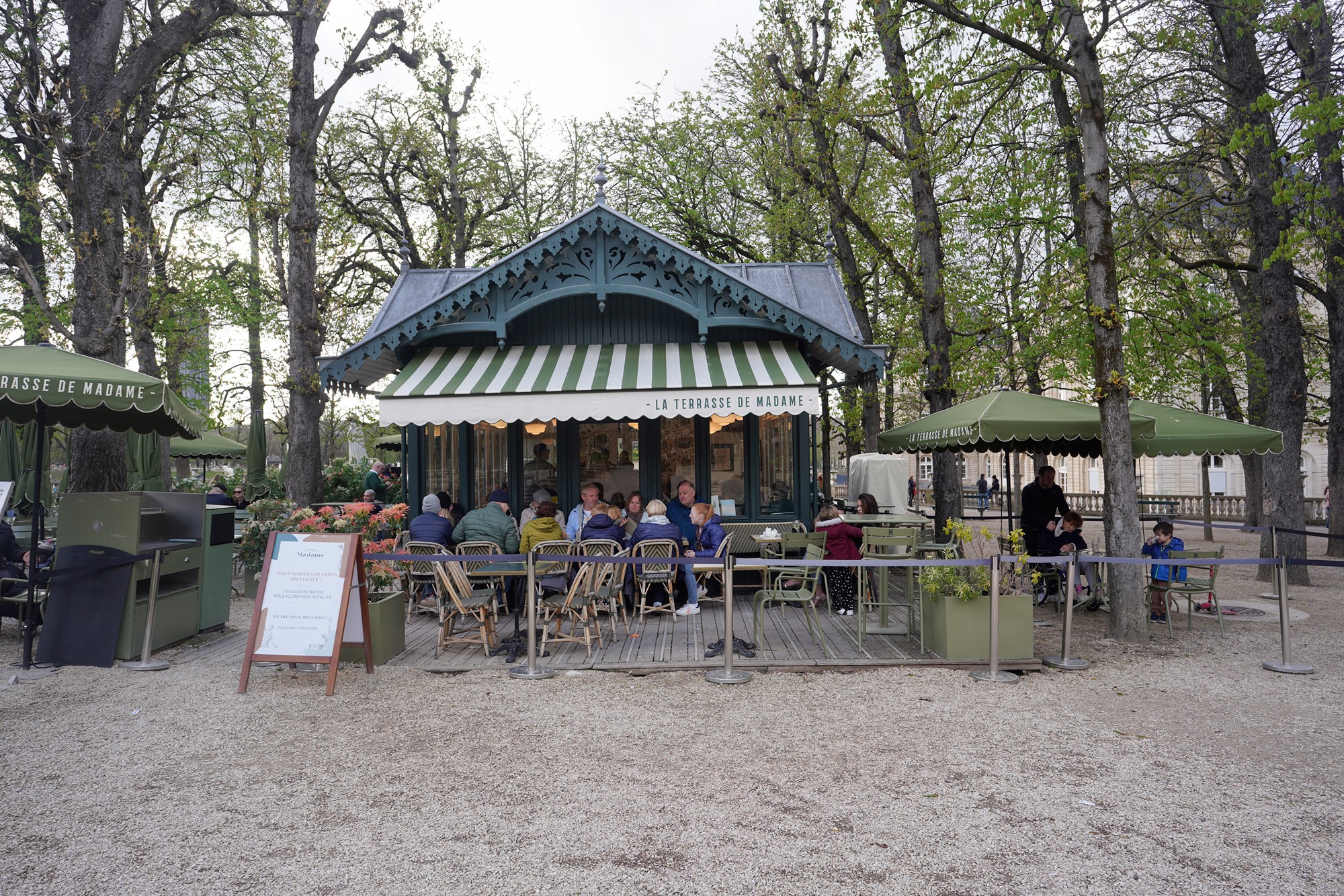
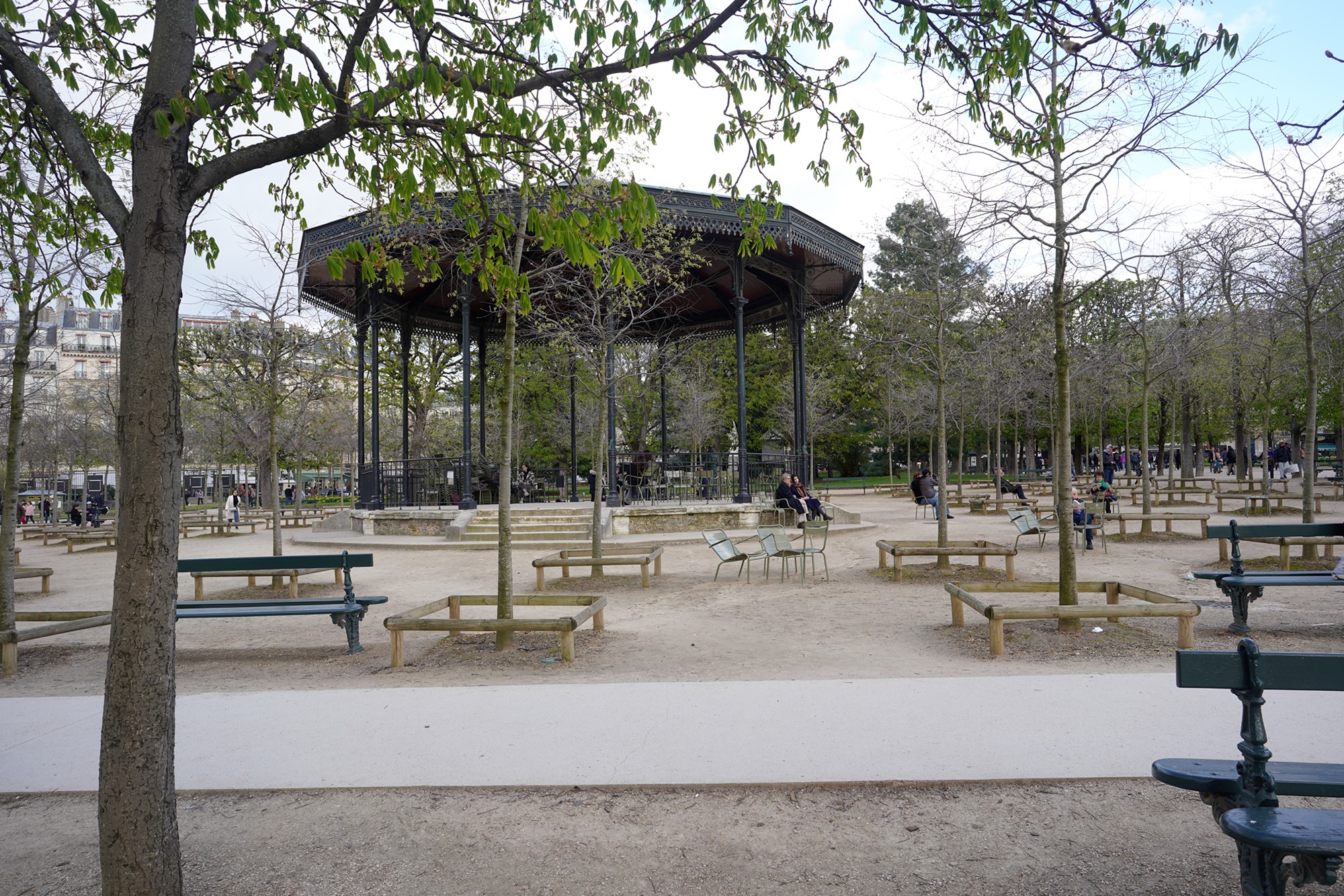









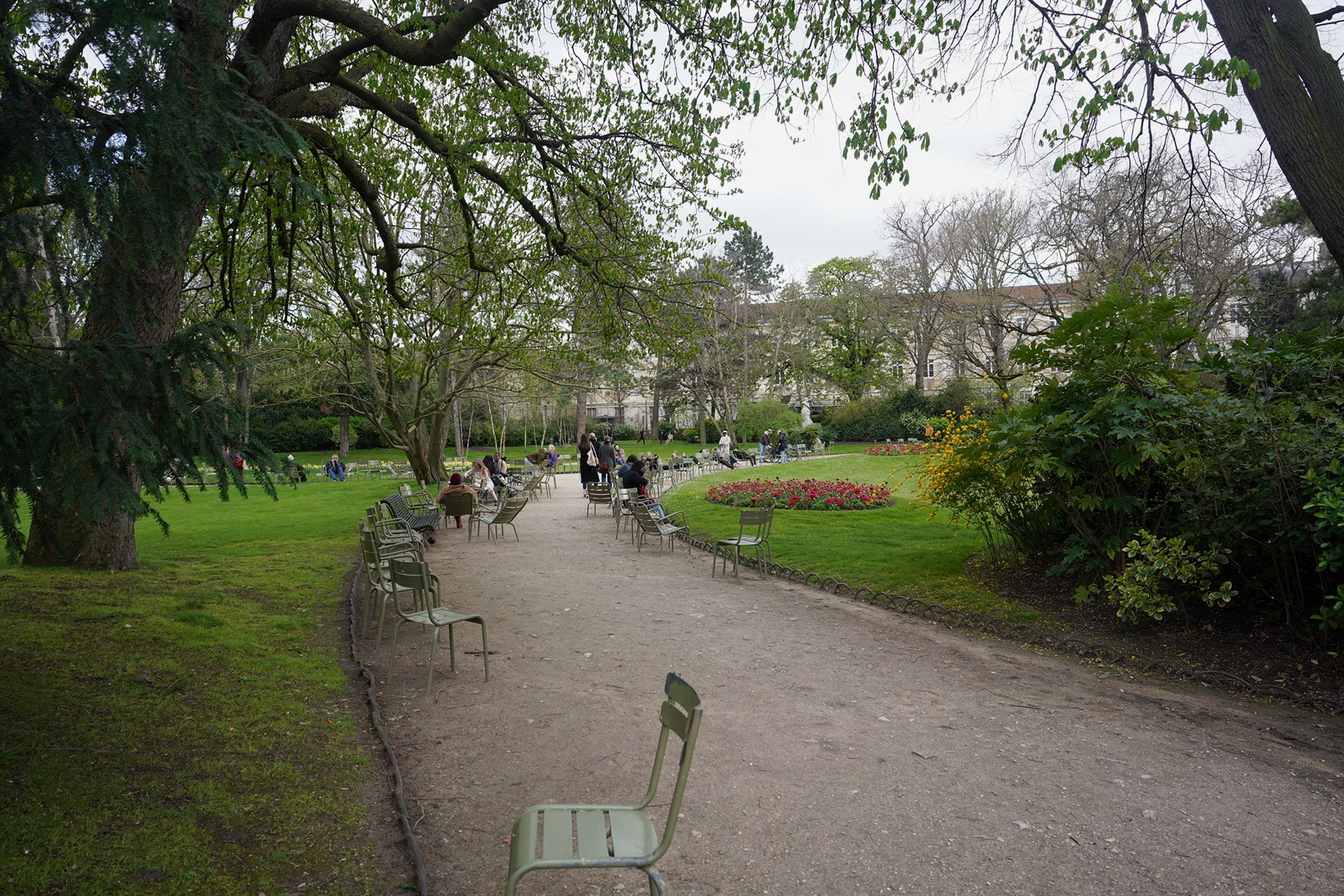

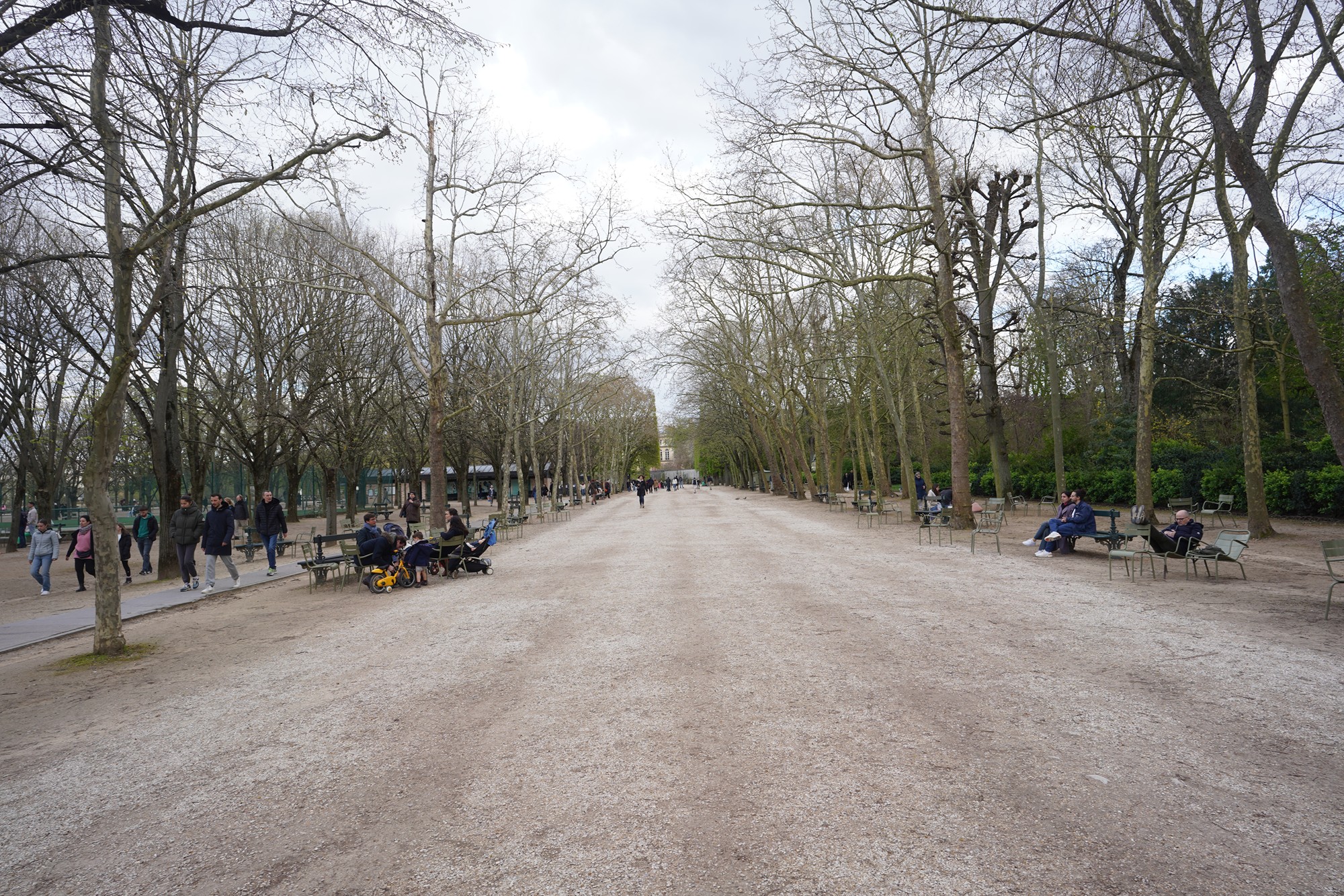







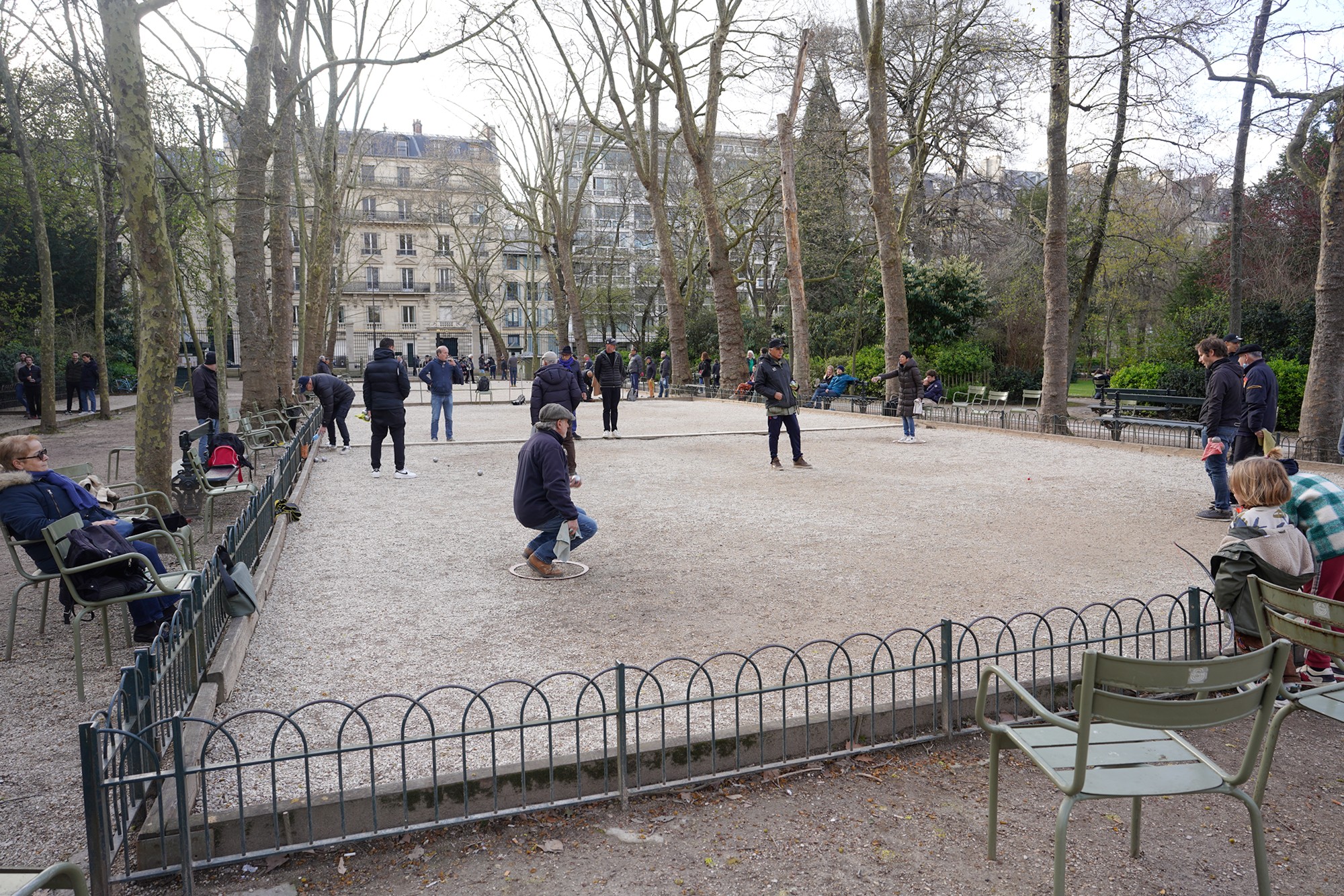


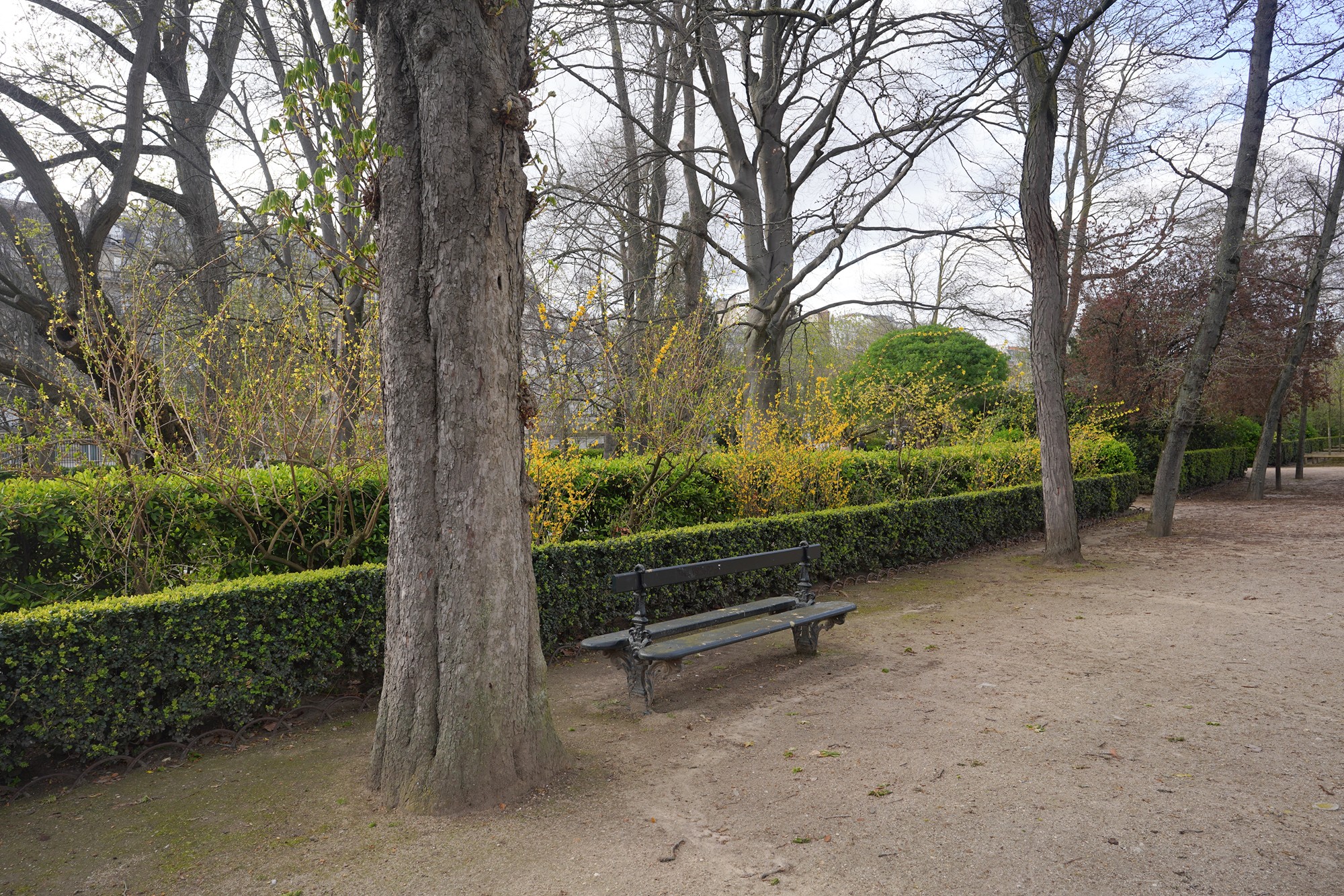





Walk to the nearest Metro station

